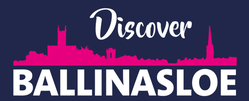|
B.A.C.D’s submission to the Draft County Development Plan signalled the town’s ambition as one of the few Gateway Towns from the Hidden Heartlands to the Wild Atlantic Way and our requirements to become one of the few towns in the Hidden Heartlands to evolve into a destination Tourism Hub.
With the refurbishment of the principal streetscapes completed, major new investments such as the Greenway, OPW, Waterways Ireland and indeed Hidden Heartland and Bord na Mona in the rewetting of bogs means its timely to undertake a Feasibility Study to offer a best practice route map for the development of a formal Tourism and Heritage Plan 2022 – 2027 for our community. BACD has received a welcome grant towards the facilitation and compilation of the study from GRD Leader. Expressly the plan will:
It will also engage with the key private and voluntary stakeholders in Culture, Heritage and Tourism Trade as to what plans they have and what support is needed over the next 60 months, along with examining models of best practice and innovative co-ordination and marketing utilised by other communities and determine which may be best for town and hinterland. The final report will suggest some key priority actions for short-term implementation. Working Groups are being established in Leisure & Amenities, Hospitality & Trade, Heritage & Genealogy, Culture and Events to assist and it's hoped a first draft will be available in a few months time . Any ideas or suggestions please to info@ballinasleenterprisecentre.ie
0 Comments
Born in Ballinasloe in 1968 , Kevin, emigrated to London in 1989, he now lives in Surrey, with his wife and daughter. He works for the civil service. His parents – John and Nuala still live in Birchgrove.
It’s been just over a year since I was lucky enough to visit home. In February 2020 we had no idea what was to come, but here we are. I remember as we landed in Shannon, it being bitterly cold, as my old friend Dusty says “sure isn’t it 10 degrees colder here than it is in London!”In June of the previous year I had also made the journey home, on my own, to visit my parents, and to see how the town and surrounds had changed. There were some new additions on Main Street and work had begun on street enhancement. It was always good to be back, where the pace of life was healthier, and the stores have a choice of not just black, but also white pudding! A real fire and a bit of live music and I could not be happier, but things change and people move on, nothing stays the same. Almost religiously, when I’m home, I pay a visit to Shannonbridge, the scene of many an energetic day and night during my teens. In the mid-eighties, with a new driving licence, and the keys to an old open-top Citroen Dyane, we would rendezvous at Stanton’s in Creagh and head east, through Culliagh and Cloonfad, past Coreen Woods and drive over the mighty river Shannon on a clattering wooden slatted bridge into the province of Leinster. It was pure escapism. At the end of the Main Street, with the Blackwater Bog turf fed power station off to the right, stood J.J. Killeens pub, its unpretentious exterior giving no indication of the good times to be had inside. Now, visiting with my father, it looked and smelled exactly the same. He ordered a coffee and looked disapprovingly as I ordered an Arthur Guinness. It was a place of two halves, in that it had two front entrances, one for the general store-cum-Aladdin’s Cave, and one for the bar. It was in the latter, under a huge black and white portrait of the actor George Brent, whose people hailed from nearby, that we used to sit and absorb this exotic atmosphere. We laughed, we drank, and we sang, along with equally excited Germans, French, Dutch and Americans, they were all there. They had come by cruiser, from Banagher, and beyond, in search of bream, rudd and tench that hide amongst the reeds of this mighty waterway. By day they would hear the corncrake crow from their bankside nests and wonder at the lushness of the grassland Callows. The shop sold almost everything, fishing bait, Peterson Pipes, Ladies and Gents burial habits, groceries, and tobacco. On the counter stood the gleaming piece de resistance, the bacon slicer. It was entertainment on its own. Turf smoke drifted through from the bar and everybody, farmers and tourists alike, seemed affable. The bar was dimly lit with hundreds of business cards and foreign currency from all over the world pinned above it. If you were lucky, Michael would take down a new puzzle and see if you could crack it, smiling away as you toiled to understand what is was used for. I remember it being so busy that leaving your seat to go anywhere, meant squeezing and ducking past rows of porter, either settling, or being passed to thirsty patrons. I don’t know if I preferred it more back then, than I did on my last visit, but it holds a special place for me, and while I know there will be lots of better stories about this little gem of a place, I wanted to share mine, before they slip away from me. “Declan Kelly`s latest book brings a welcome grounding and is a work of extraordinary historic significance With much hope that the route to be chosen for the Athlone to Galway cycleway will favour Ballinasloe and so increase visitor numbers to the district, a new heritage guide is set to be launched at the end of this year which would perfectly complement that outcome.
Created by Creagh native and landscape archaeologist Declan Kelly, the guide is the fruit of more than 10 years of work and includes over 100 points of interest for visitors to the area. Though he has lived in Portumna for almost 10 years now, Declan has retained an abiding interest in his home town. “Some of my first lessons in history were taken in Creagh cemetery” he says “from reading the inscriptions on the older headstones and then trying to find out what the stories were of the people buried there. Back in the 1980s you had to go to a library and seek out what information there was. Much of this research can now be done online”. Painstaking research has gone into the stories behind those same memorials in Creagh and among the numerous features the guide highlights is the memorial to the family of William Bermingham Costello (1800-1867) who was a renowned surgeon in his day. One of the other interesting tombs mentioned is that of Thomas Cuffe who died in 1814 and whose hotel was reputedly visited on one occasion by Theobald Wolfe Tone. Declan believes him to have been a son of the famous ‘Sir’ Thomas Cuffe of Kilbeggan. “The annual Knighthood Festival in Kilbeggan is built about Cuffe”, says Declan, “He was an innkeeper who was knighted by Lord Townshend, the Viceroy of Ireland, while Townshend was three sheets in the wind with claret. When Townshend sobered up, he tried to withdraw the honour, but Cuffe protested because he said his wife was delighted at the prospect of being called Lady Mary”. Filled with numerous photographs, the book is to be launched by Gerry Devlin with a foreword written by Cllr Dr Evelyn Parsons who is an enthusiastic supporter of local heritage. “In an everchanging world of cultural fusion, online influences and social isolation” said Cllr Dr Parsons, “Declan Kelly`s latest book brings a welcome grounding and is a work of extraordinary historic significance”. ‘Rediscovering Ballinasloe’ will be published locally and available in late 2021. by Fergal Lenehan Beagh / Birchgrove native - Fergal Lenehan is based at the University of Jena, Germany, where he is a full-time researcher at the project ‘ReDICo: Researching Digital Interculturality Co-operatively’, which is financed by the German Federal Ministry for Education and Research. .At the start of April 2021 President Michael D. Higgins’ book, Reclaiming the European Street: Speeches on Europe and the EU, 2016-2020, was published by Lilliput Press in Dublin. How did a German-based Ballinasloe native (that’s me), who has never been to Áras an Uachtaráin, has never been actively involved in the Labour Party and has never actually managed to be in Ireland to vote during a presidential election, end up undertaking this task for the ninth Uachtarán na hÉireann? There were, however, more than one name inscribed upon the cover. It also retained my name and that of my Limerick-based colleague as editors. So, what exactly does an academic editor do in an instance such as this? And, perhaps more to the point, how did a German-based Ballinasloe native (that’s me), who has never been to Áras an Uachtaráin, has never been actively involved in the Labour Party and has never actually managed to be in Ireland to vote during a presidential election, end up undertaking this task for the ninth Uachtarán na hÉireann? I teach at the University of Jena and in 2019 President Higgins visited nearby Leipzig in an official capacity, where he gave an extended speech on the future of Europe. I was teaching a seminar on visions of Europe at the time, had included some essays by Michael D. Higgins in the course material, and it made sense for me, and my class, to go and see the man himself in action. Thus, on a sweltering hot July morning we crowded into a lecture theatre in Leipzig. Through contacts at the Irish Embassy in Berlin, I also organised for my class and I to meet the President for a few minutes afterwards. I told him we had studied some of his work and had come from Jena. 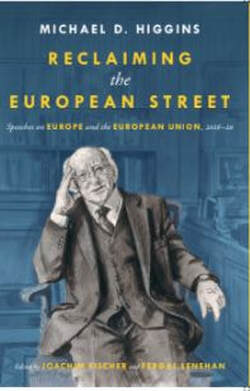 My colleague who also attended said I should send him my book Intellectuals and Europe (based on my PhD thesis), as the President would be interested in reading it. I slipped it into the post when back at work, and then forgot about it. Sometime in September I received an E-Mail from one of the Irish president’s press people: He wanted to talk to me on the phone to discuss my book and was wondering if I was available that afternoon. Unfortunately I had missed the E-Mail. I was at home minding my daughter and hadn’t been checking my work mails. “That afternoon” was the day before. I e-mailed back and said that I was available now. Thus, President Higgins chatted to me, sitting in our German rental apartment, on the phone from Áras an Uachtaráin, while my daughter watched Paw Patrol on TV. His first question was to enquire how my daughter was feeling. We then talked about my book, Sociology and the research of the President’s son. He then, at some stage, asked if I would be interested in working with him on a volume of his European speeches as editor. I said I would and would ask my colleague Joachim Fischer from the University of Limerick to be co-editor. An academic editorship is always better in pairs. So what does an academic editor do? Like literary and journalistic editors, they often make long stories short. They read texts critically and suggest changes. Unlike literary editors their names often appear on the books. Added to the language-bettering, text-shortening and book-structuring tasks, academic editors manage authors (there are, generally, more than one), decide what articles or chapters to use or not to use, come up with a book’s name and, most importantly, often write an introduction, which situates the volume within a wider research and intellectual context. So academic editors are usually authors too, of a kind. But Reclaiming the European Street is not just for academics; it’s for any discernible reader who wishes to engage with ideas about how society could be run differently, beyond present structures, with the reality of climate change and economic precariousness impinging increasingly upon our daily existence. As an Irish person living abroad I can’t vote to elect the Head of State, as Ireland is one of the few remaining states not to allow any of their immigrants a vote. Usually “not contributing to society” is suggested as a reason for not consenting to this. I can’t vote for the Irish president, but I can edit and contextualise his book. Maybe, just maybe, this is also a small contribution to the future of Irish society.
by Renate Kohlmann
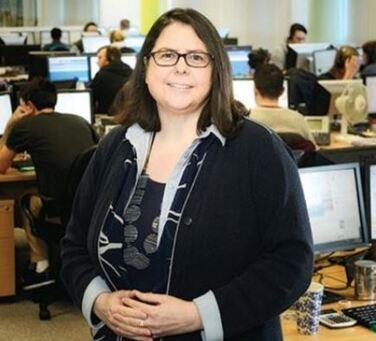 Renate Kohlmann, Chapter Lead Ballinasloe Renate Kohlmann, Chapter Lead Ballinasloe
Grow Remote Local Chapter Develops
The local Chapter of national network of remote ( home or hub workers ) has had a busy few pandemic months and with some many folk being forced to rethink the commute and obligatory office attendance – new possibities are opening up – that the Chapter maybe able to help with Grow Remote has launched a free online mini-course available to anyone who would like to find a telecommuting role. As a CLG (non-profit) organisation, focused on community development, The organisation’s return is when a person becomes employed and can live locally. Because of this, they can bring together everything needed to find work from home. Sign up now to their Learning Hub! Access the course through the landing page on their website This course runs alongside the Monthly Jobs Club that is free for all to attend. The Jobs Club is based around a monthly meetup (via Zoom) to help people in the search for work possible at home. Register for Jobs Club events at their Ballinasloe Facebook Group. The next event takes place Thursday, April 13 from 6:30 pm to 8 pm - In February the non-for profit partnered with Regional Skills West, Galway Executive Skillnet, iTag Skillnet, and Gréasán na Meán Skillnet to hold a Free Workshop ‘Remote West Works’ targeted at workers and managers of teams working online, to give practical advice on how to work more efficiently and deal with challenges in the current environment. Dorothy Scarry of Workplace Health & Wellbeing spoke on Psychological Safety & Wellbeing and Renate Kohlmann of Grow Remote & RK Consulting helped with the facilitation. In 2020, after Covid-19 forced so many people to work from home, GR ran the first survey about working virtually in Ballinasloe. A year later a revised survey has been launched. They are interested in receiving your feedback and would kindly ask as many people as possible to complete the short 3-minute survey. Results on the survey will be posted in future editions. To complete the survey simply scan the QR code or follow the link https://www.surveymonkey.com/r/2HFK8TV To join the chapter, join their Facebook Group or register into the Group in Changex from the Community Tab at www.growremote.ie or drop a note to Co -ordinator Renate Kohlmann, Contact: renate@growremote.ie View our QR Code to access the survey |
CLICK HERE to read the Latest Ballinasloe News Articles
March 2024
|
The Town Team was set up by BACD Ltd. to revive the fortunes of Ballinasloe and its hinterland. With the main focus to build on the town’s many strengths, change existing negative perceptions and bring about measurable improvements in the town centre economy and its wider social value.
|
Ballinasloe Area Community Development Ltd.
Ballinasloe Enterprise Centre Creagh Ballinasloe Co. Galway |
All generic photos and images have been sourced and are free of copyright or are clip art images free of copyright. Photos of Ballinasloe have been donated by BEC. If you have any photos that you would like included on the website please email us
Copyright © All rights reserved, 2023 BACD

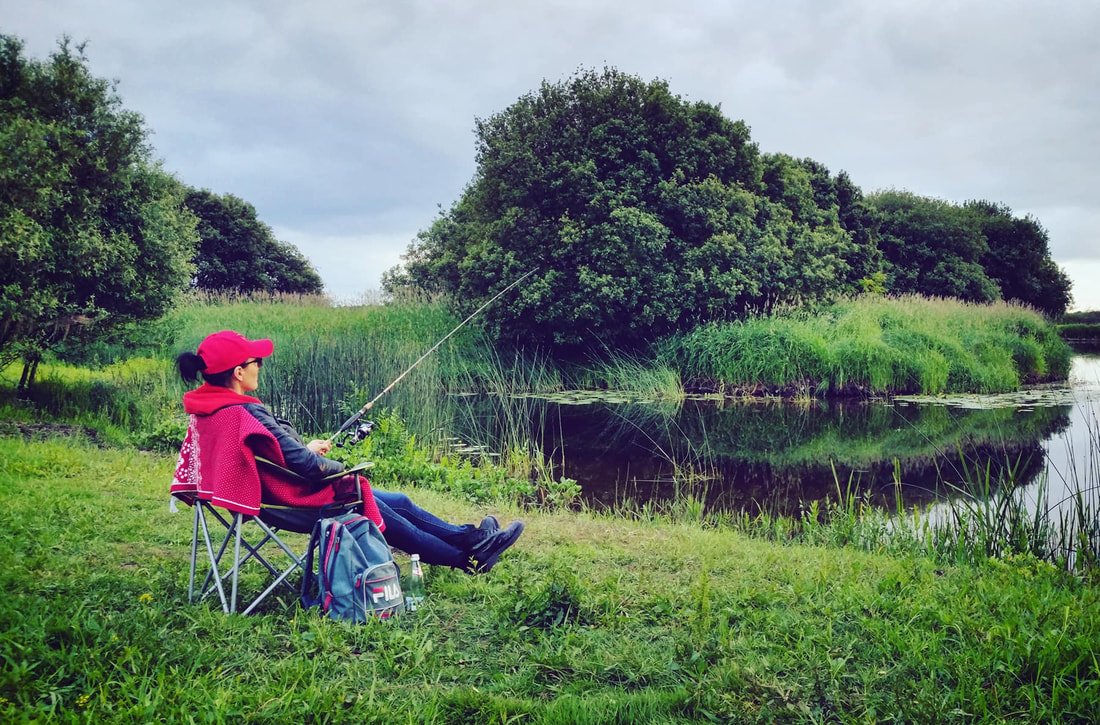
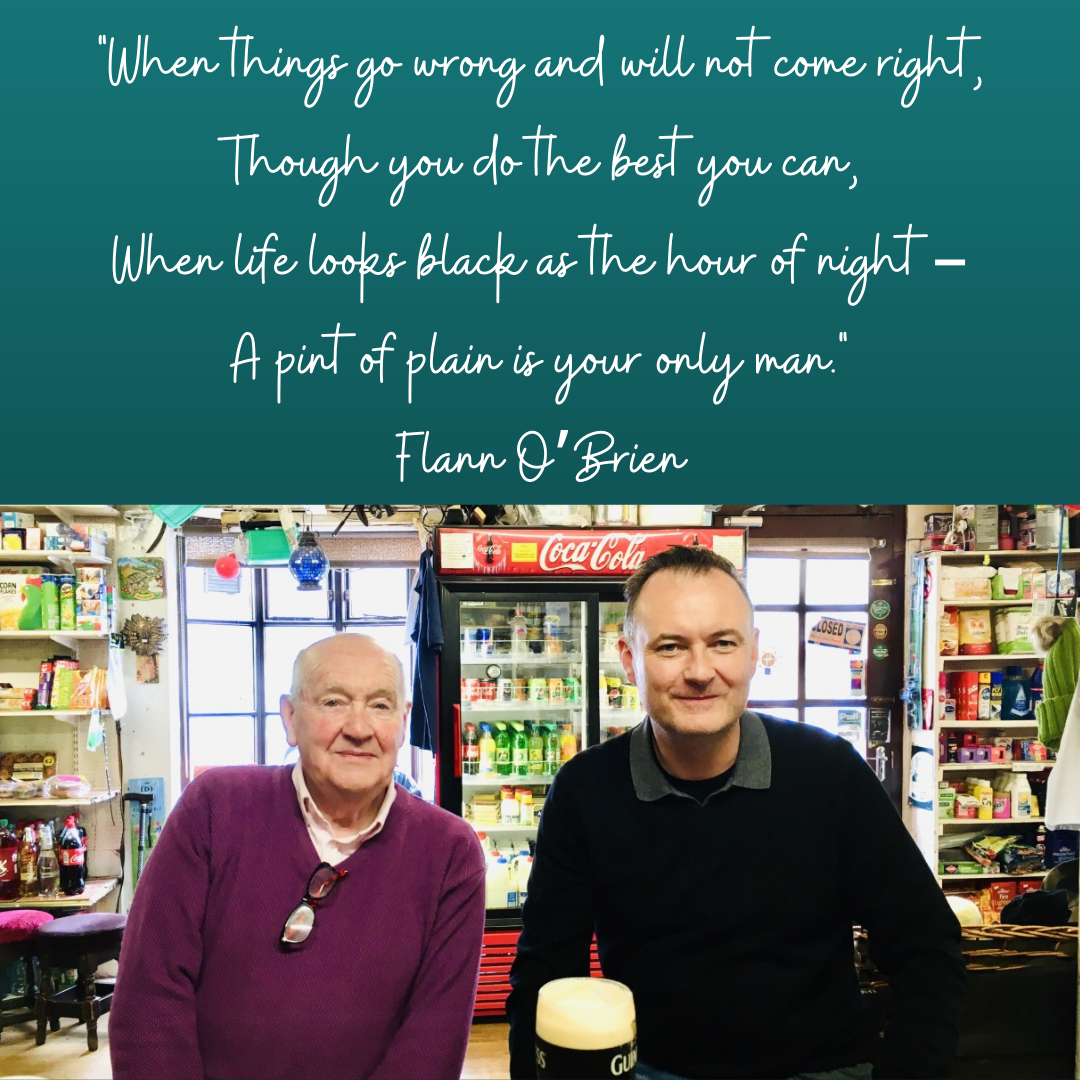
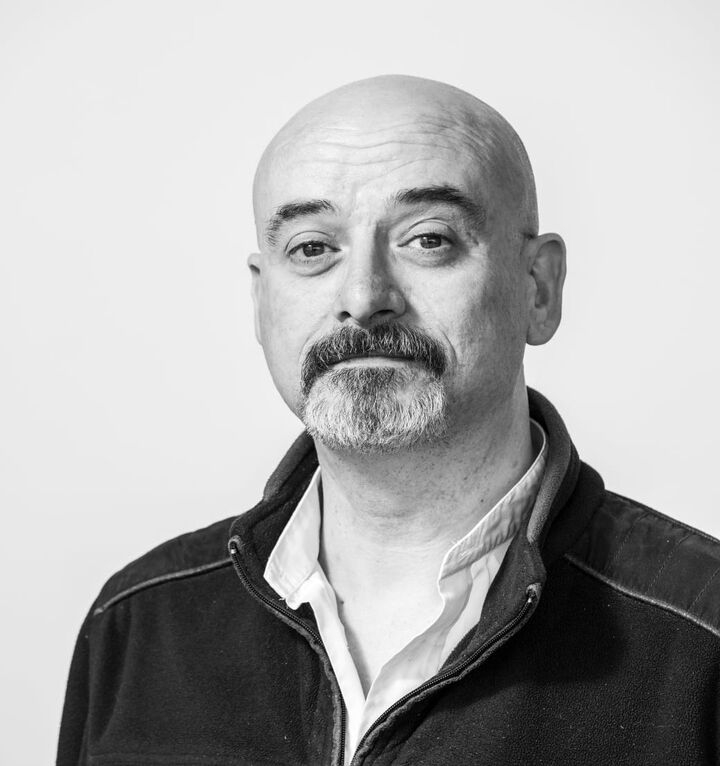
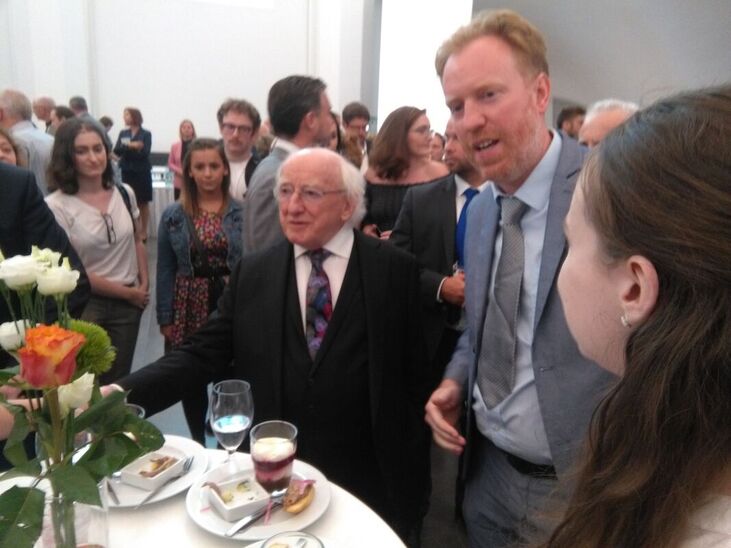
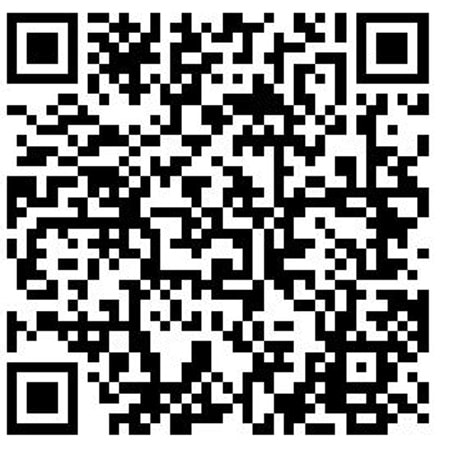
 RSS Feed
RSS Feed
